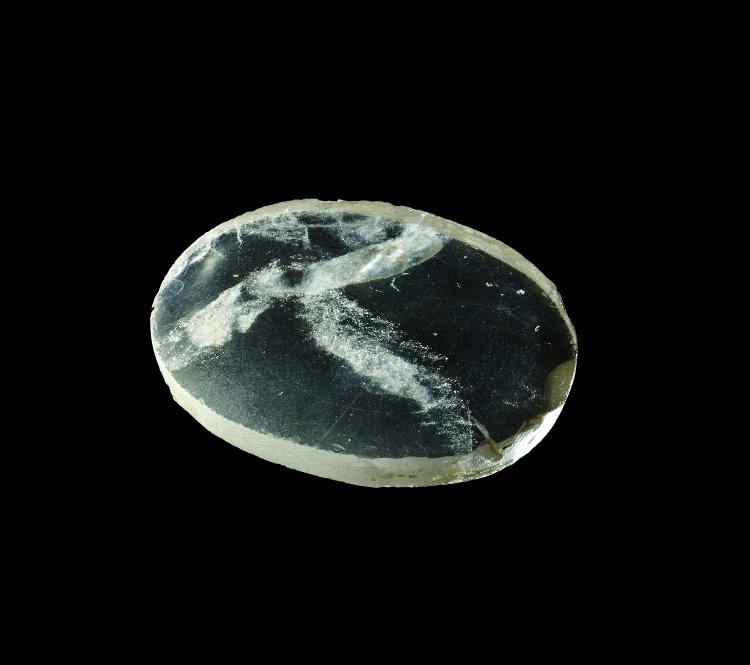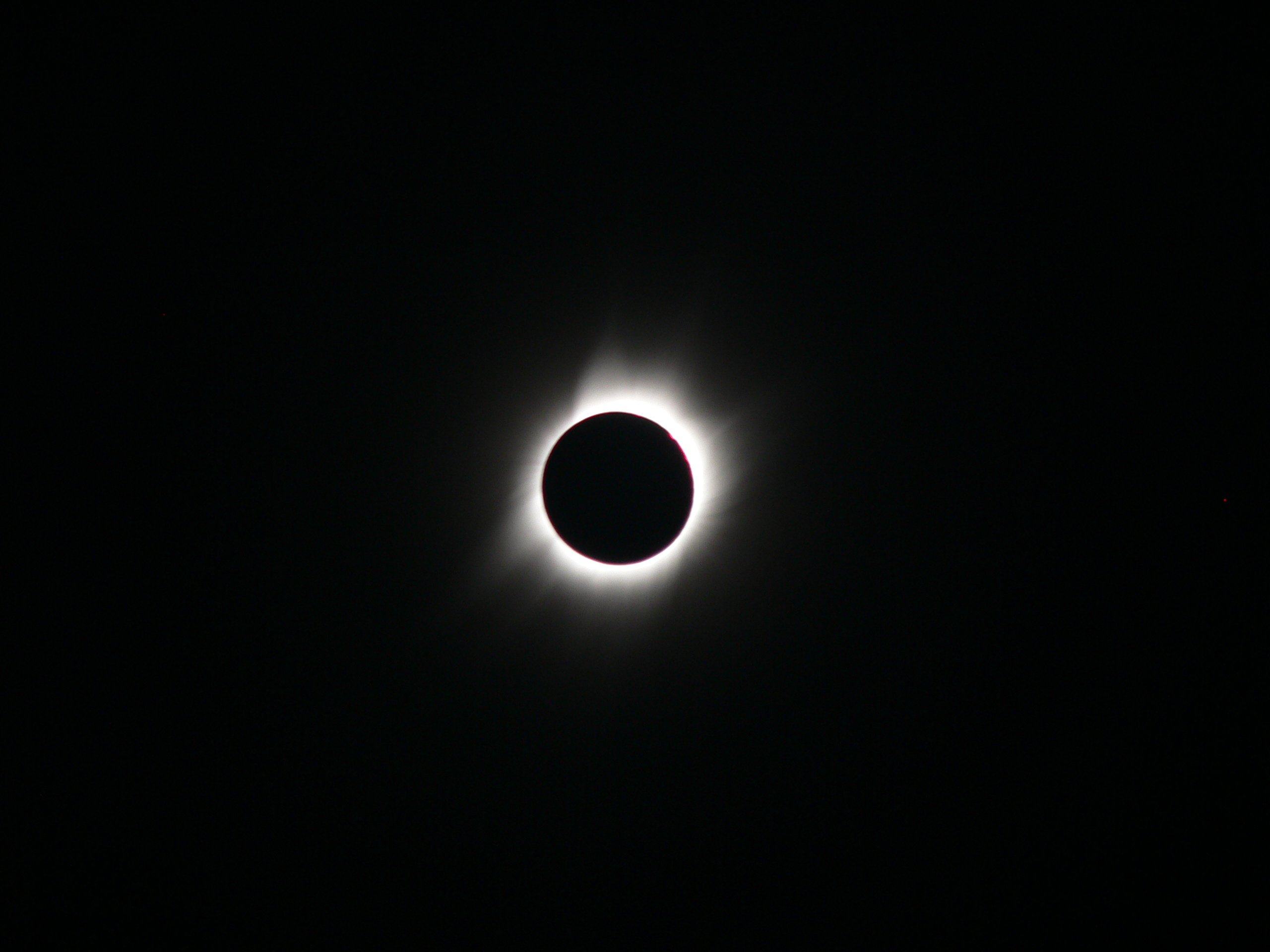One of the greatest and earliest contributions to the world of microscopy was the 17th century book Micrographia by Robert Hooke. First published in 1665, Micrographia contained a range of beautiful copperplate engravings of a range of biological samples, that captured the attention and imagination of both the scientific community, and the general population. The book was a huge success and was the first time that the public was given access to the microscopic world.
Robert Hooke
Born in 1635 in the Isle of Wight, Robert Hooke was a natural philosopher (the early name for a scientist) and architect. He was a great all-rounder and made contributions to many areas of science and technology. The Gregorian telescope, spiral springs for watch-making, and the quadrant are but a few of Hookes contributions. He is also credited with coining the term ‘cell’, when he described a sample of cork under the microscope (right). The thick cell walls that we see in plant cells reminded him of the cells that monks live in in monasteries.
Hooke was an early contributor to the theory of evolution – he included studies of fossils in his microscopy work and recognised that they were the remains of ancient life. It would be 1859 before Darwin would publish ‘On the Origin of Species’, of course, but we can be quite certain that Darwin would have been familiar with Hookes work.
The microscope
Micrographia was achieved using an early, and relatively simple compared to today, model of microscope. Hooke included an illustration of his microscope in the book (below) – as we can see it is a very typical 17th century confocal microscope. The tube style was standard for the time, and they were generally made from cardboard or wood – wood obviously being the sturdier choice. Hooke describes the microscope as being “not above six or seven inches long” and containing three lenses, “a small object glass… a thinner eye glass, and a very deep one…”. Interestingly, he reported on the refraction issues the microscope suffered from, and that it could be mostly resolved by removing the middle lens.
Hooke experimented with different combinations of lenses. He tried “one piece of glass, both whose surfaces were plains… another only with a plano concave, without any kind of reflection… others of waters, gums, resins, salts, arsenick, oils…”. But he found “that which is made with two glasses” (the confocal) was the best for his task.

Lighting
Hooke understood the importance of lighting the sample for the best results. In Micrographia he explains how he set up his microscope in a south facing room, about three or four feet away from the window. Although he did complain that “oftentimes the weather is so dark and cloudy, that for many days together nothing can be view’d”.
Hooke complained of changing light levels throughout the day hampering his progress in capturing images. To resolve this he assembled “a pretty large globe of glass, fill’d with exceeding clear brine, stopt, inverted, and fixt” and a small oil lamp that was “set in a fit posture to give light through the ball”. Using this, Hooke reports that “with the small flame of a lamp may be cast as great and convenient a light on the object as it will well endure; and being always constant, and to be had at any time, I found most proper for drawing the representations of those small objects I had occasion to observe.”
The images
The thing that really made Micrographia a success was the incredible images that Hooke produced. The images were created using a technique called copperplate printing. The image would be etched onto a sheet of polished copper, which would then be inked and pressed onto paper using a printing press. The original image had to be drawn onto the copper reversed left to right, so that it was in the correct orientation on the paper.
The images of insects are some of the most impressive in the book, and the most well-known is that of the flea. In the original book, the flea image was a large fold-out page approximately 43x33cm. Hooke was clearly impressed by the flea under the microscope, and described it as being “adorned with a curiously polished suit of sable armour”.

There are also beautiful images of plants, including a wonderful close up of a nettle (left). Hooke even included an illustration of part of the moon (right), which he believed might have “vegetables analogus to our grass, shrubs, and trees”.


The importance of Micrographia
While aesthetically marvellous, Micrographia is more than just a book of beautiful pictures. Hookes writings give us a first-hand account of microscopy in the 17th century. The early microscoper faced many challenges that we have well-tuned solutions for today – consistent light sources, corrected lenses that don’t produce flare, and digital cameras to capture our images in a fraction of a second. Hooke was no doubt using a microscope that was high quality for the time, but when we compare it to the quality of our imaging machines now, it only makes Micrographia more impressive.
Micrographia was as much a hit with the general population as it was with the scientific community, making it one of the first successes in science outreach. No doubt it inspired many curious people to buy their own microscope and start looking closer at the world.
For me, the best part of Micrographia is when Hooke looks at man-made objects under the microscope, and remarks at their crudeness and imperfection in comparison to what has been made by nature. When looking at the point of a man-made needle he describes it as “broad, blunt, and very irregular”, unlike “the hairs, and bristles, and claws of multitudes of insects; the thorns, or crooks, or hairs of leaves” are a thousand times sharper.
A printed copy of Micrographia is on my wish list but until then it can be read for free on the Project Gutenberg website.



